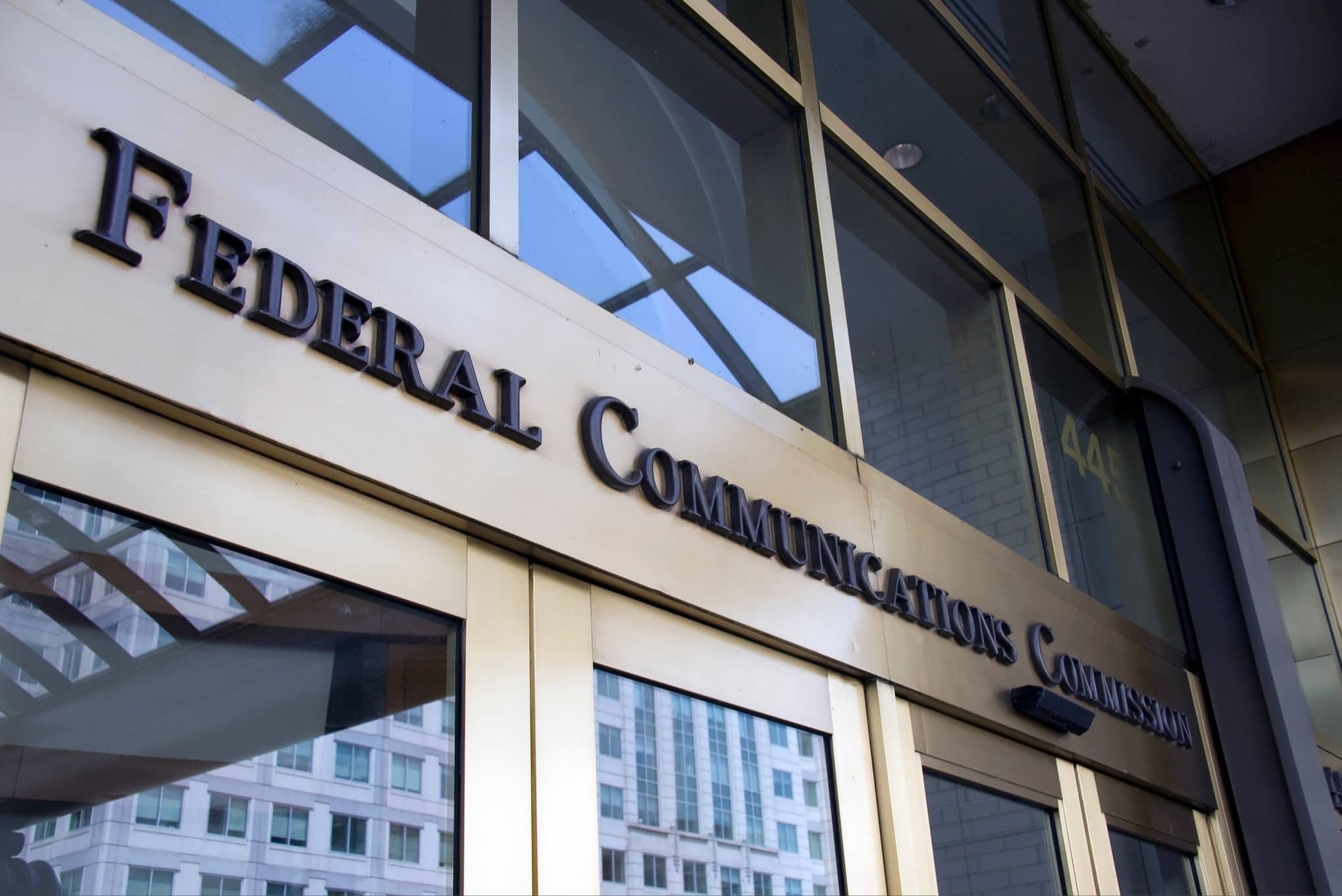Earlier this month, advocates from Telecommunications for the Deaf and Hard of Hearing, Inc., the National Association of the Deaf, Hearing Loss Association of America, the American Council of the Blind, the American Foundation for the Blind, and Gallaudet University’s Technology Access Program met with Federal Communications Commission (FCC) leaders to discuss the Commission’s priorities on several accessibility issues.
The advocates requested, among other items, that the Commission strengthen its leadership on accessibility issues, provide guidance and metrics for automatic speech recognition (ASR) for video programming, and consider further expansion of audio description.
Below is a summary of some of those items.
Leadership
The group noted the FCC’s leading role in developing policies and pursuing enforcement around the Twenty-First Century Communications and Video Accessibility Act (CVAA), and asked that the Commission reassert its leadership and reenergize the CVAA in a few areas, including:
- Stronger support for the FCC’s Disability Rights Office (DRO), and granting it resources to resolve accessibility issues and lead policy conversations surrounding accessibility initiatives.
- Creating an Office of Civil Rights within the Commission, and moving the DRO within that office. The move, advocates said, would help ensure that accessibility issues are viewed not only as consumer protection issues, but also as civil rights issues.
- Taking a more active role in enforcement by engaging in proactive monitoring, developing remedies that offer incentives, and overhauling the Commission’s consumer complaint process to be more user-friendly.
ASR Captioning
Advocates noted that consumers are reporting a decrease in the quality of closed captions on television as stations turn to ASR for captioning live programming, and encouraged the FCC to provide oversight and quality metrics in regards to auto captions.
For instance, the group said that the recent presidential inauguration, which was broadcast across different networks and viewed by millions of people, resulted in varying levels of quality for caption viewers. These viewers, they said, reported a wide range of quality concerns, highlighting the disparities in ASR captions.
A petition was filed with the Federal Communications Commission in 2019 that asked the FCC to develop objective, technology- and methodology-neutral metrics for live captioning quality, and issue a declaratory ruling on the use of automatic speech recognition technologies. VITAC, among others, filed support for the petition.
Specifically, it asked that the FCC issue a ruling explaining how the commission’s “best practices” for video programmers, caption vendors, and captioners apply to ASR. It also asked the FCC to look into closed captioning techniques for live television programs, and how the varying dimensions of caption quality, including accuracy, synchronicity, completeness, and placement, affect a program’s accessibility. It requested that the FCC develop rules requiring live television programming to be captioned at a level that meets or exceeds technology-neutral metrics, guaranteeing that programs are accessible by those in the deaf and hard-of-hearing community.
The FCC has yet to take action on that petition.
The group also asked the FCC to revisit its rules regarding video on the Internet. Currently, the FCC can only regulate programming that airs, or originally aired, on television. The group argued that the proliferation of streaming content should apply under FCC rules and suggested that streamers are using loopholes that can result in poor captioning.
Audio Description
The group asked the FCC to continue its push to expand audio description to additional television markets (the Commission recently OK’d a plan to expand description requirements to an additional 40 designated market areas over the next four years) and in non-English languages, and to establish audio description quality standards and refresh the requirements regarding the number of hours of described content on a network.
Further, the group asked that the FCC work with Congress to expand coverage of audio description to internet programming, and requested that once an audio description track is created, it stay with the program across platforms, including streaming services.
The full ex parte letter summarizing the advocates’ suggested accessibility priorities for FCC leadership can be found here.




